In the first of this four part series, instructor Marek from Freedom Snowsports shares his tips for taking your parallel turn to the next level!
Getting through the intermediate stage and into more skilful skiing can seem to take forever. However, there is one cheat that lurks in the background of most intermediate skier’s technique – the dreaded stem turn! Even the smallest, seemingly most insignificant amount of this can hold you back.
It seems obvious to say that parallel skiing is the goal of beginner and intermediate skiers. Once mastered properly, the whole world of skiing opens up. Skiing becomes more efficient, less tiring, and more fun. On top of that, more terrain becomes accessible, and advanced techniques like short turns, moguls, carving, and freeride become attainable.
It is important to understand why skiers often struggle to keep their skis parallel in the transition between turns, creating a stem, or mini plough-parallel turn. Many developing skiers keep hold of this stabiliser while attempting parallel turns to help them stay balanced. By making this very small but sequential steering movement from one ski then the other at the top of the turn, the vast majority of the turn is made as a parallel turn, however, the initiation contains a brief plough, step, or stem. The remainder of the turn is a parallel turn – blink and you’d miss the issue.
The Stem Turn Problem
There are two main reasons that the stem turn persists:
- Steering: The skier starts the turn with an unintentional, and very small, snowplough by steering the new outside ski first. This can be due to lack of proper rotation of the inside leg, or in some cases, hesitation to rotate the inside leg simultaneously with the outer leg.
- Balance: The skier remains balanced on the old turn’s outer ski while steering into the new turn. This means the skier briefly balances on the new inside ski making it very difficult to steer both skis simultaneously.
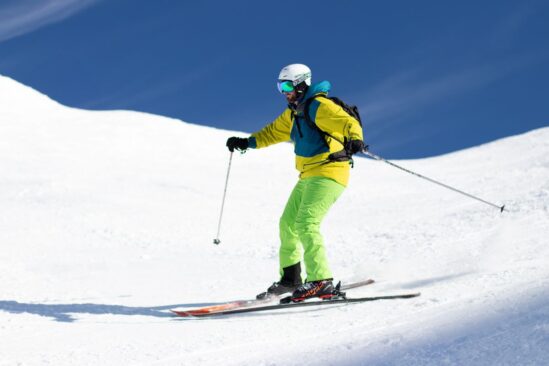
Steps to Correct the Stem Turn
Let’s look at some easy techniques to help eliminate the stem and transition to parallel skiing.
Step 1: Find the Right Slope & Smoothly Does it!
Choose a wide, quiet green or gentle blue slope where you feel comfortable and confident. Patience is key, particularly during the turn initiation. To visualise the process, imagine the face of a clock, with the start of the turn at 12 o’clock and the end at 6 o’clock. Take your time and linger at 12 and 6 o’clock, without slowing down; keep a consistent and comfortable momentum. This gives you more time to start the turn smoothly, and the momentum you need to make it easier to balance (if the skis slow down or stall it will make the turn initiation harder). Once in the turn, aim to distribute your time evenly across 1 through 5 o’clock.
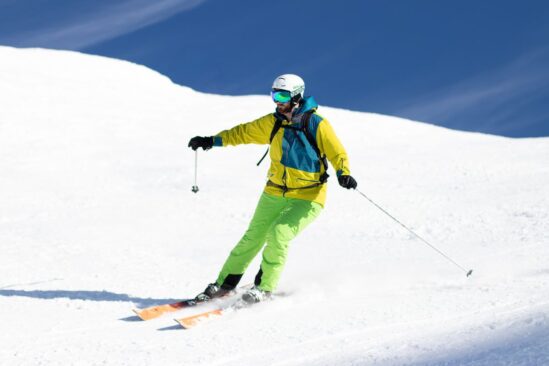
Step 2: Focus on Balance / Weight Distribution
The next goal is to shift your balance/weight onto the new outside leg at the start of the turn (12 o’clock) while keeping the inside leg light. A helpful analogy is walking upstairs: the standing leg (your outside leg) is long and bears the pressure, while the swinging leg (your inside leg) becomes shorter and lighter. When we transition to the new turn the weight against each leg smoothly switches over.
This alone won’t fix the stem turn, but it builds a strong foundation for the next step: activating the inside leg by rotating it into the new turn.
Step 3: Practice Inside Leg Rotation
Take off your skis and stand next to them on a flat area. Your task is to draw an hourglass or bow tie shape in the snow with your boot. Importantly, the pivot point should be under the middle of your foot (not pivoting on your toes, or heels).
Now, put your skis back on. While standing still on a flat area lift one ski up a few centimetres and try turning your toes slowly left and right. This movement helps you actively point the toes of your inside foot in the direction of the new turn. Repeat this on the slopes until the rotary movement of your leg and foot becomes second nature.
Now work this sensation back into your turns. As you start your parallel turn feel for the inside ski light on the snow and rotate it to point the direction you want to go.
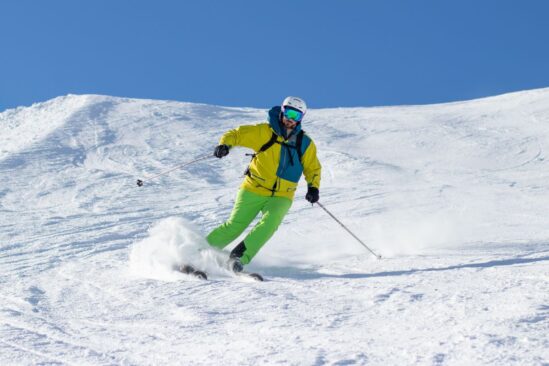
Stem Turn: Practice Makes Perfect
By following these tips and with a little patience, you will be able to eliminate the stem turn and progress towards more advanced skiing. Sometimes it can take a while to break an old habit, so don’t be disheartened if you need to practice, practice, practice. Have a friend ski behind you and get them to shout when they see you make a stem, so you can really get a feel for the moment it’s happening.
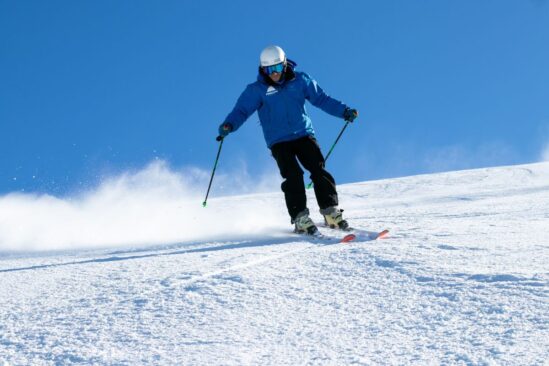
Good luck with perfecting your parallel turns. See you on the slopes!
MEET YOUR TEACHER
Marek is an instructor at British-owned Freedom Snowsports ski & snowboard schools. Marek is also an instructor trainer and examiner for the Czech Snowsports association.
All Images: Freedom Snowsports










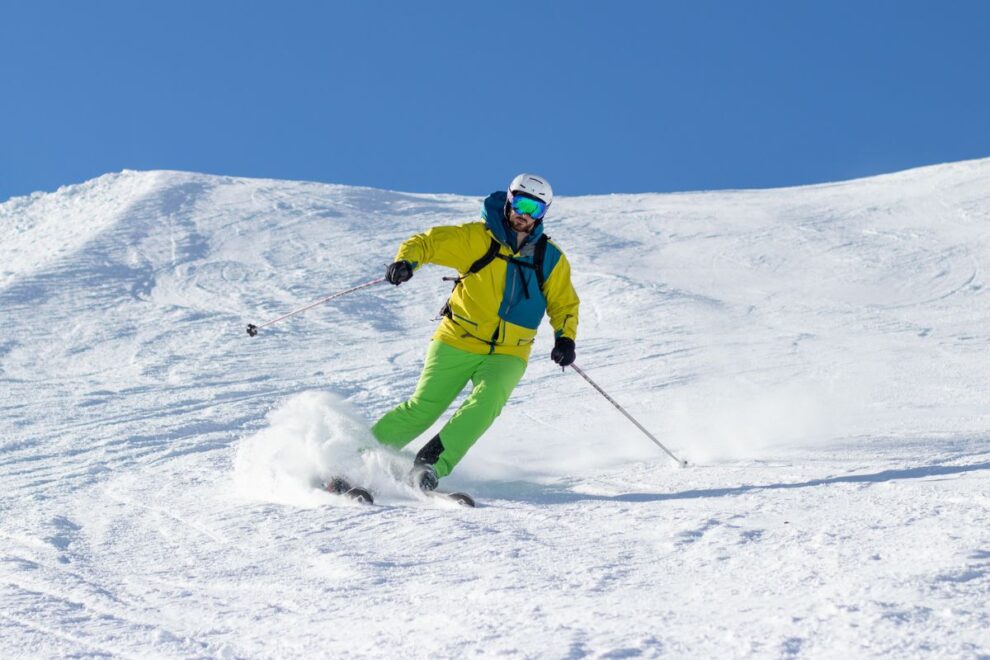
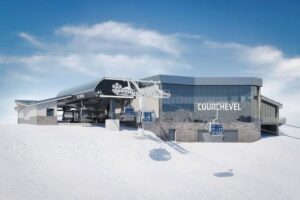
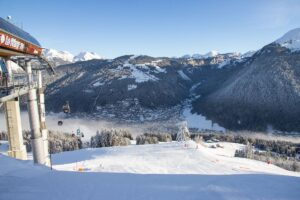
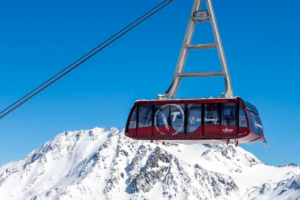
Add Comment